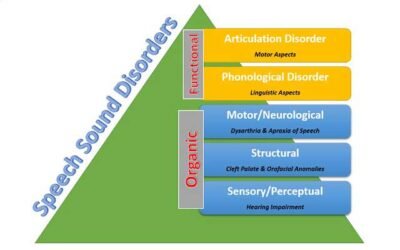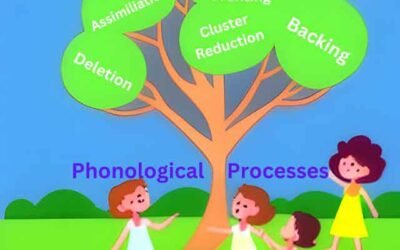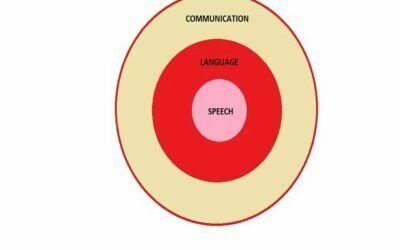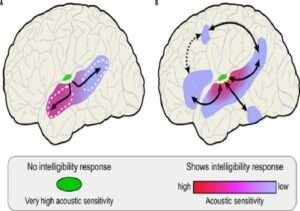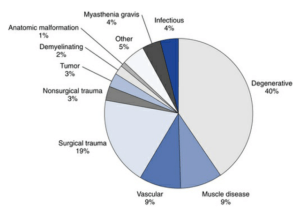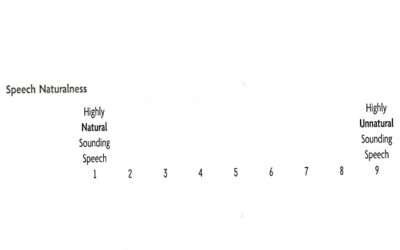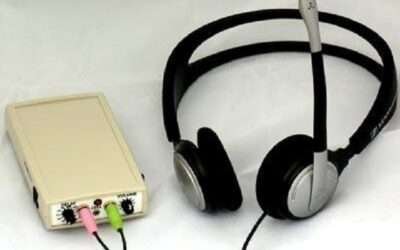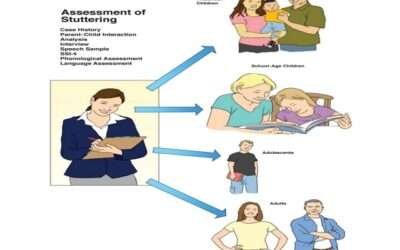Articulation Disorder - Substitution Omission Distortion and Addition: Articulation disorder is a speech disorder that affects the way individuals produce sounds and words. It can impact a person's ability to communicate effectively, leading to difficulties in social...
Speech and Language Pathology
Author: Vikash Kumar (Audiologists and Speech Language Pathologist)
Founder of baslpcourse.com, aslpweb.com, & otospeak.com. If you have any problem related to Speech, Hearing, and Vertigo, and want to consult, Click here.
If you are running a Speech and Hearing clinic and want my team to create a website and just do your digital marketing, Click here.
Speech Sound Disorders – Articulation Phonological and Organic
Speech Sound Disorders - Articulation Phonological and Organic: Speech sound disorders refer to difficulties in producing speech sounds correctly. These disorders can affect individuals of all ages, but they are mostly observed in children during their early...
Phonological Disorder and Types of Phonological Processes
Phonological Disorder and Types of Phonological Processes: When learning to speak, typically developing children use phonological processes, or patterns of sound errors, to simplify their speech. A phonological disorder develops when phonological processes continue...
Components of Speech Language and Communication
Components of Speech Language and Communication: An intentional, active two-way message exchange is communication. Humans converse with one another for a variety of reasons, including amusement. We see and take part in a range of communicative engagements every day....
Speech as an Overlaid Function
Speech as an Overlaid Function: According to Sapir, 1921 physiologically, speech is an overlaid function, or to be more precise, a group of overlaid functions. It gets what service it can out of organs and functions, nervous and muscular, that have come into being and...
Prerequisites for Normal Speech and Language Development
Prerequisites for Normal Speech and Language Development: The following skills and capacities are essential for individuals . In order to achieve normal speech and language development. One must have brain , nervous system that is neuromotor abilities, functional...
The Speech Chain Model
The Speech Chain Model: The process of speech communication involves a series of actions connecting the speaker's and the listener's brains. This series of occurrences will be referred to as the speech chain. The different forms in which a spoken message exists in its...
Neurolinguistic Models of Language Processing
Neurolinguistic Models of Language Processing: There are many schools of thought regarding the brain's function with various aspects of information processing. These are the some different Neurolinguistic Models of Language Processing: Connectionist models...
Motor Speech Disorders: Definitions and Classification
Motor Speech Disorders: Definitions and Classification: Motor Speech Disorders can be defined as speech disorders resulting from neurologic impairments affecting the planning, programming, control or execution of speech. Types of Motor Speech Disorders There are two...
Flaccid Dysarthrias: Causes and Characteristics
Flaccid Dysarthrias Causes and Characteristics: Flaccid Dysarthrias are a perceptually distinct group of Motor Speech Disorders (MSDs) caused by injury or disease of one or more cranial or spinal nerves. They reflect problem in the nuclei, axons or neuromuscular...
Management of Cluttering: Rational Techniques and Strategies
Management of Cluttering: Rational Techniques and Strategies: Management of Cluttering consists Identification, Monitoring and Self Awareness, Modification, Cluttering with Stuttering and Maintenance of Fluency. Identification of Cluttering Monitoring and Self...
Management of Neurogenic Stuttering: Rational, Techniques and Strategies
Management of Neurogenic Stuttering: Rational, Techniques and Strategies: Many conditions can cause SAAND (Stuttering Associated with Acquired Neurogenic Disorder) and affect the frequency with which it coexists with other communication impairments, there is no single...
Management of Normal Non-Fluency: Rational, Techniques and Strategies
Management of Normal Non-Fluency: Rational, Techniques and Strategies: The repeating, pauses, backing up, holding on to sounds and general confusion of “thinking and talking” are very normal. Children between three and four years of age have new experiences they want...
Issues of Speech Naturalness in Stuttering
Issues of Speech Naturalness in Stuttering: In recent years, clinical scientists have been concerned that treatments that produce fluency may not always result in natural-sounding speech. As Schiavetti and Metz (1997) warned, “Some stutterers may reduce their number...
Changing Scenario in Management of Stuttering
Changing Scenario in Management of Stuttering: Procedures to Create an Environment that Facilitates Fluency Preschool-age children, especially those on the borderline between normal disfluency and stuttering, may need only a little change in their environments for...
Prevention and Early Identification of Fluency Disorder
Prevention and Early Identification of Fluency Disorder: Stuttering is a disorder of childhood, onset of which in more than 90% of the individuals is before the age of 6 years. Clinicians are often apprehensive in counseling the parents regarding the need for...
Relapse and Recovery from Fluency Disorders
Relapse and Recovery from Fluency Disorders: Relapse means a falling back into a former state, especially after apparent improvement. Relapse is not well defined in stuttering (Craig, 1998). Stuttering is a chronic disorder and many adults can only remain fluent by...
Approaches to Management of Fluency Disorders
Approaches to Management of Fluency Disorders: The management of fluency disorders involves three stages. Establishment of Fluency Generalization of Fluency Maintenance of Fluency Establishment of Fluency Establishment of fluency is easy and can be achieved using a...
Different Techniques and Strategies used in Management of Stuttering
Different Techniques and Strategies used in Management of Stuttering: The techniques and Strategies are described based on these Approaches to Management of Fluency Disorder. Fluency Modification Techniques Fluency Shaping Techniques Cognitive Restructuring Techniques...
Assessment and Diagnosis of Fluency Disorder
Assessment and Diagnosis of Fluency Disorder: Individuals are referred to a speech-language pathologist (SLP) for a comprehensive assessment when disfluencies are noted and when one or more of the factors listed below are observed along with the disfluencies. A...
Team of Professionals in the Management of Cleft Lip and Palate
Team of Professionals in the Management of Cleft Lip and Palate: Individuals with cleft lip and palate, typically demonstrate multiple complex issues may include, Early feeding and nutritional problems Developmental delay or learning disabilities Hearing loss...
Associated Problems in Persons with Cleft Lip and Palate
Associated Problems in Persons with Cleft Lip and Palate: The problems associated with Cleft Lip and Palate depend on type and severity and whether both lip and palate are involved. Individuals with cleft lip and palate may experience difficulties in one or more of...
Important Pages
Speech Language Pathology
Free Tools and Software
Audiology Tools
- Hearing Loss Disability Percentage Calculator
- Veterans Affairs (VA) Hearing Loss Rating Calculator
- Audiology Masking Calculator
- Tympanogram & Type Generator
Speech Language Pathology Tools
- Quick Preschool Picture Articulation Screener Test
- Dysphonia Severity Index (DSI) Calculator
- Speech Disability Percentage Calculator
- Language Disability Percentage Calculator
- Aphasia Diagnosis Generator
Audiology Tools
Free Resources
Exam Preparation
Recent Articles

Cookie Bite Hearing Loss: Reverse | Dementia | Best Hearing Aids
Cookie Bite Hearing Loss: Reverse | Dementia | Best Hearing Aids - "Cookie bite" hearing loss is a distinctive pattern of auditory impairment identified through audiograms, where a characteristic dip or notch appears in the mid-frequency range, resembling the shape of...
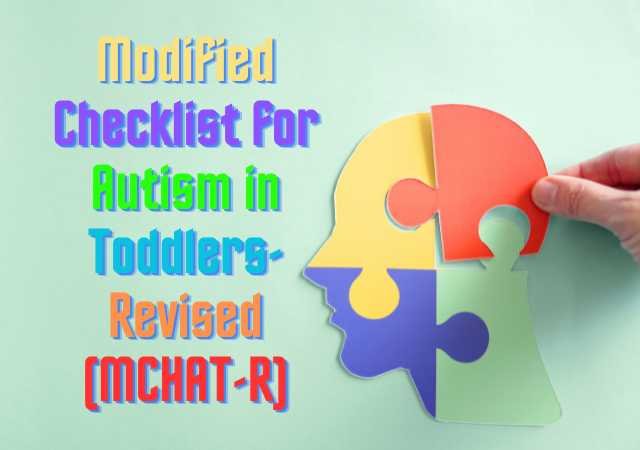
Modified Checklist for Autism in Toddlers-Revised (MCHAT-R)
Modified Checklist for Autism in Toddlers-Revised (MCHAT-R): This updated version of the original MCHAT has been created to detect early signs of Autism Spectrum Disorder (ASD) in toddlers aged 16 to 30 months. Autism, a multifaceted neurodevelopmental disorder,...
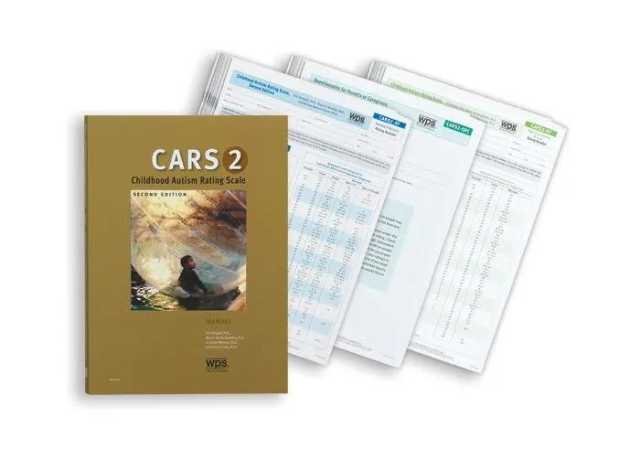
Childhood Autism Rating Scale 2 (CARS-2)
Childhood Autism Rating Scale 2 (CARS-2): In this article, we talk about the components of the CARS-2, specifically the Standard version and Higher functioning version rating booklet. It facilitates a standardized assessment of individuals across a wide array of...
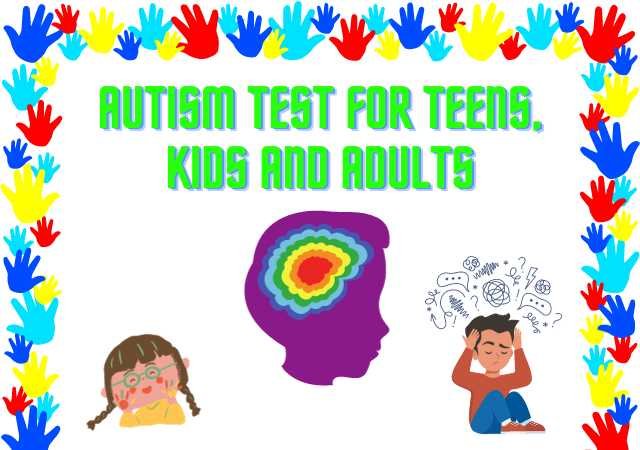
Autism Test for Teens | Kids | Adults
Autism Test for Teens | Kids | Adults: In the realm of autism assessment, a balanced and organized approach is integral to developing a nuanced understanding of a person’s condition. The autism assessment process is one of the most challenging pathways that the...
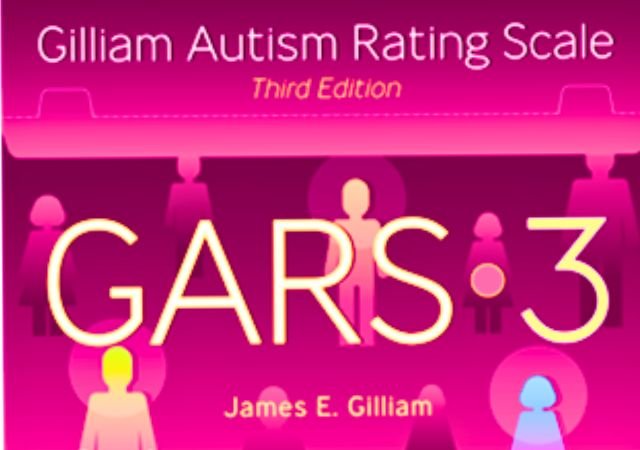
Gilliam Autism Rating Scale 3 (GARS-3) Scoring Interpretation
Gilliam Autism Rating Scale 3 (GARS-3) Scoring Interpretation: The Gilliam Autism Rating Scale is among the most widely used autism assessment instruments worldwide, it is in its third edition. The GARS-3 (Gilliam Autism Rating Scale) is designed to help teachers,...
Register for Free Updates
We will provide Students and Professionals a platform where they will get easy access to useful information that is under ASHA guidelines. Get Free Audiology and Speech Language Pathology Notes, Colleges, Courses, and their entrance exams guide, question paper samples, and syllabus-based information of every semester/year.
About Vikash Kumar

Mr. Vikash Kumar (Audiologist and Speech Language Pathologist)
Founder of baslpcourse.com
Hello and welcome! I’m an Audiologist and Speech‑Language Pathologist, practicing in India, with a love for everything related to speech and hearing. My overall goal is to do this globally, to inform anyone who’s interested, students, patients, and colleagues, with the coolest information, tips, and resources. I hope you find it useful. Please browse through, learn things, and take your career to the next level. If you want to keep up, you’ve got to subscribe, follow me on social media. Thanks for being here with me!
Follow us on
For more updates follow us on Facebook, Twitter, Instagram, Youtube and Linkedin
Contact us
Contact us for any query related to Audiology & Speech Language Pathology Courses
About baslpcourse.com
Enrich yourself with Free Information, Reading Notes, Test Materials.


